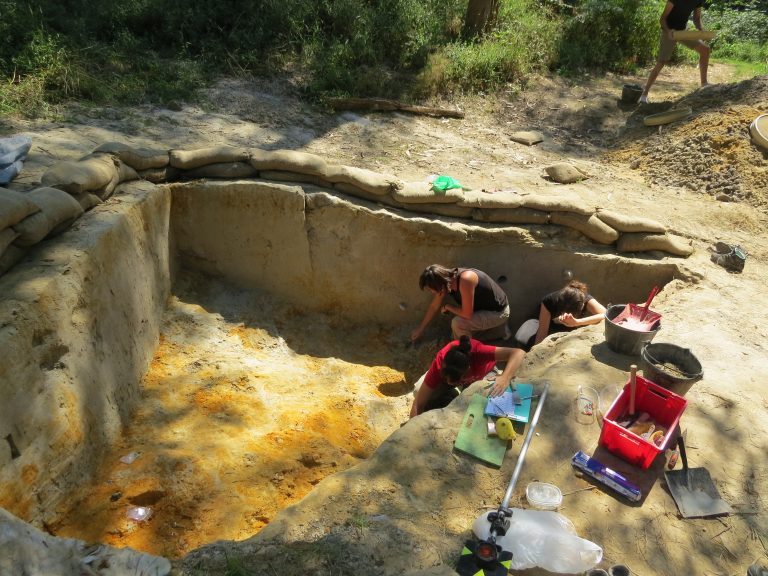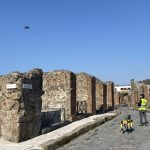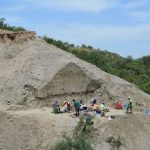Tools reveal patterns of Neandertal extinction in the Iberian Peninsula
Study finds evidence of local extinction and replacement even before Homo sapiens arrived.
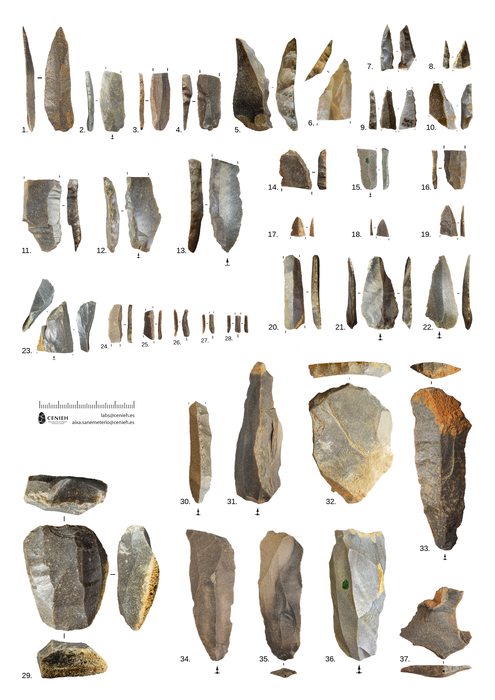
Neandertal populations in the Iberian Peninsula were experiencing local extinction and replacement even before Homo sapiens arrived, according to a study published March 30, 2022 in the open-access journal PLOS ONE by Joseba Rios-Garaizar of the Archaeological Museum of Bilbao, Spain and colleagues. Link: https://journals.plos.org/plosone/article?id=10.1371/journal.pone.0265219
Neandertals disappeared around 40,000 years ago, but many details of their extinction remain unclear. To elucidate the situation, it is useful to explore how Neandertal populations were changing during their final millennia. In this study, researchers examined the distribution of a tool complex known as the Châtelperronian, which is thought to be unique to certain populations of Neandertals in France and the Iberian Peninsula.
The researchers examined over 5,000 remains of Châtelperronian tools from a site called Aranbaltza II in Barrika, in the Northern Iberian Peninsula, dating to around 45,500 years ago. Comparing this site with other nearby Neandertal tool sites, they document that the Châtelperronian system does not overlap in time with older Neandertal technologies in this region, suggesting that Châtelperronian tools were not developed from earlier Iberian technology, but instead originated elsewhere before migrating into the region. They also found that Châtelperronian tools appear earlier than the first Homo sapiens tools in the Iberian Peninsula.
Based on this evidence, the authors suggest that older Iberian Neandertal populations disappeared, taking their tool styles with them, and were replaced by different Neandertal groups using Châtelperronian tools, likely migrating from France, and these populations were in turn replaced by Homo sapiens. The researchers propose that these patterns of local Neandertal extinction and replacement will be an important area of future study, as they might have played a significant role in the decline and ultimate demise of Neandertals.
The authors add: “Neandertals with Châtelperronian technology occupied the Northern Iberian Peninsula ca. 43,000 years ago. This territory was unoccupied at the time, following the earlier disappearance of local Neandertal groups, along with their Mousterian technology.”
Rios-Garaizar J, Iriarte E, Arnold LJ, Sánchez-Romero L, Marín-Arroyo AB, San Emeterio A, et al. (2022) The intrusive nature of the Châtelperronian in the Iberian Peninsula. PLoS ONE 17(3): e0265219. https://doi.org/10.1371/journal.pone.0265219
Author Countries: Spain, Australia, U.S.A., U.K., France, Denmark
Funding: Research at Aranbaltza site has been funded by Diputación Foral de Bizkaia (2013-2020), Gobierno Vasco-Eusko Jaurlaritza (2014-2015), Harpea Kultur Elkartea (2013-2017), Edestiaurre Arkeologi Elkartea (2018). OSL dating research conducted by M.D. and L.J.A. was partly supported by Australian Research Council Future Fellowship grant FT200100816. AGO was supported by Ramón y Cajal fellowship (RYC-2017-22558). The funders had no role in study design, data collection and analysis, decision to publish, or preparation of the manuscript.
Press release from PLOS One
———————————————————————————————————————————————————-
The lithic industry at Aranbaltza offers clues to Neanderthal extinction in the Iberian Peninsula
The CENIEH has participated in a study, led by the archaeologist Joseba Rios-Garaizar, on evidence for local extinction and population replacement among Neanderthals even before Homo sapiens arrived in this region of northern Spain
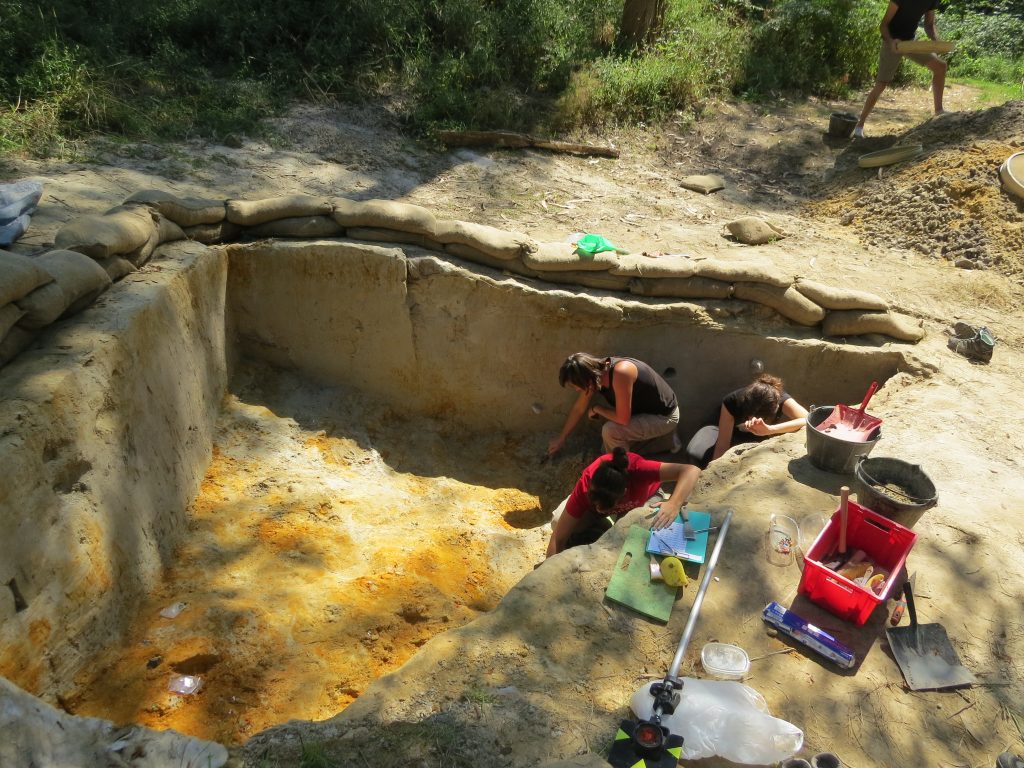
Scientists at the Centro Nacional de Investigación sobre la Evolución Humana (CENIEH) have participated in a study led by the researcher Joseba Rios-Garaizar, of the Arkeologi Museoa in Bilbao, just published in the journal PLOS ONE, which analyzed over 5000 remains of Châtelperronian technology recovered at the site of Aranbaltza II (Barrika, Bizkaia), and dated to 43,500 years old, leading to the conclusion that there was local extinction and population replacement among Neanderthals even before Homo sapiens arrived in this region of northern Spain
The Neanderthals disappeared some 40,000 years ago, but many details of their extinction still prove difficult to understand. To address this, the new study explores the changes and transformations Neanderthal populations underwent during the final millennia of their existence.
This work has established clearly that the Châtelperronian appeared in the region prior to the arrival of the first H. sapiens in the Iberian Peninsula. By comparing this site to nearby ones with Mousterian technology attributed to Neanderthals, it is noticed that there is no technological resemblance between them, suggesting that the Châtelperronian is not the result of local evolution but a lithic industry that developed in a different region, likely in southern France, and which was brought to Aranbaltza by the Neanderthals.
“In view of this evidence, we propose that the Neanderthal populations with Mousterian technology disappeared and were replaced by other Neanderthal groups with the Châtelperronian. These Neanderthals were in turn replaced by the earliest groups of Homo sapiens to arrive in the Iberian Peninsula”, says Rios-Garaizar.
These patterns of local extinction and population replacement could be an important future field of research, as they might have played a significant role in Neanderthal decline and extinction.
Spatial study
In coordination with this work, the spatial study of the Aranbaltza II site led by Laura Sánchez-Romero, a researcher at the Human Evolution Research Center of the University of California Berkeley, has been published in the journal Archaeological and Anthropological Sciences, looking at the processes involved in the formation of the site through the application of hotspot analysis, namely, the density and orientation patterns of archaeological materials, in combination with sedimentological data.
This work highlights the need to analyze sites from a perspective of geoarchaeology and spatial organization to determine the factors that propitiated the accumulation of materials, before we can make assumptions about human behavior.
The results show that the materials were buried rapidly, thus protecting them and their spatial integrity, enabling the main zones where archaeological remains accumulated to be preserved, and also preserving the activities carried out at the site.
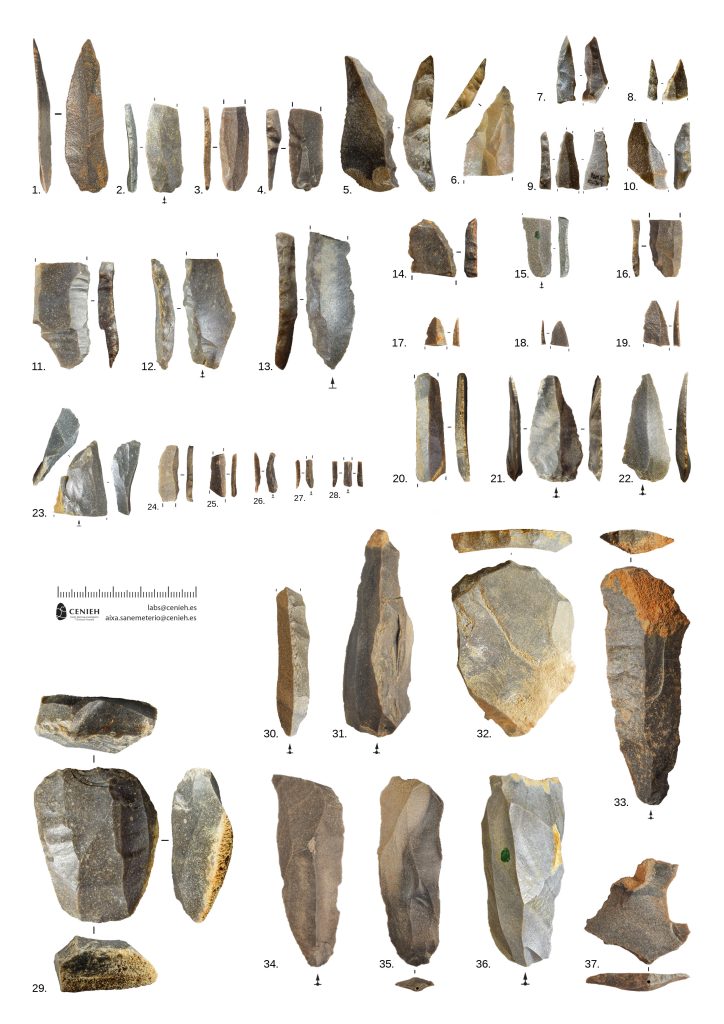
Tools at Aranbaltza offer clues to Neandertal extinction in the Iberian Peninsula, even before Homo sapiens arrived. Representative lithic material from the Chatelperronian occupation of Aranbaltza II/Aixa San Emeterio, Joseba Rios-Garaizar, CENIEH
Full Bibliographic information:
Rios-Garaizar, J., Iriarte, E., Arnold L.J., Sánchez-Romero L., Marín-Arroyo A.B, San Emeterio A., Gómez-Olivencia A., Pérez-Garrido C., Demuro M., Campaña I., Bourguignon L., Benito-Calvo A., Iriarte M.J., Aranburu A., Arranz-Otaegi A., Garate D., Silva M., Lahaye, Ch., Ortega I. 2022. The intrusive nature of the Châtelperronian in the Iberian Peninsula. PLOS ONE. https://doi.org/10.1371/journal.pone.0265219
Sánchez‐Romero L., Benito‐Calvo A., Iriarte E., San Emeterio A., Ortega I., Rios‐Garaizar J. 2022. Unraveling Châtelperronian high‐density accumulations: the open‐air site of Aranbaltza II (Bizkaia, Spain). Archaeological and Anthropological Sciences. https://doi.org/10.1007/s12520-022-01541-2
Press release from CENIEH

